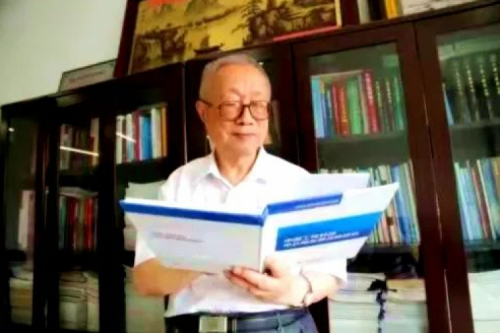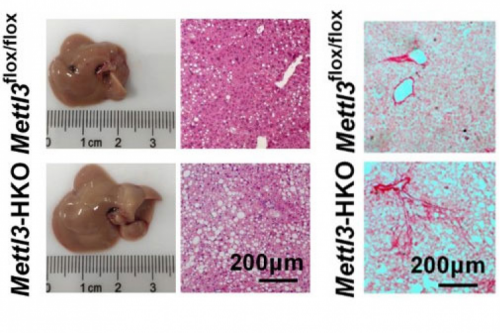HIT News (the School of Chemistry and Chemical Engineering/Text) - Recently, Professor Yu Miao 's team from the School of Chemistry and Chemical Engineering of HIT has made important progress in the functionalization of graphene. This work is the first case of precise photo-induced functionalization of graphene. The band gap of graphene is opened by finely regulating the local hybrid mode, and the two-dimensional long-range ordered functionalization of graphene is realized for the first time on the atomic scale, providing an effective solution to the key problems in the application of graphene-based two-dimensional materials in electronic devices and photoelectric devices. The relevant research results were published online in Nature Chemistry on October 19, 2020 under the title of “Long-range ordered and atomic-scale control of graphene hybridization by photocycloaddition”. Professor Yu Miao is the first author (corresponding author), Harbin Institute of Technology (HIT) is the first affiliation, and Flemming Besenbacher, Member of Chinese Academy of Sciences, Chief Academic Advisor of the discipline of chemistry and chemical engineering of HIT, and Honorary director of HAISI, is the co-corresponding author.
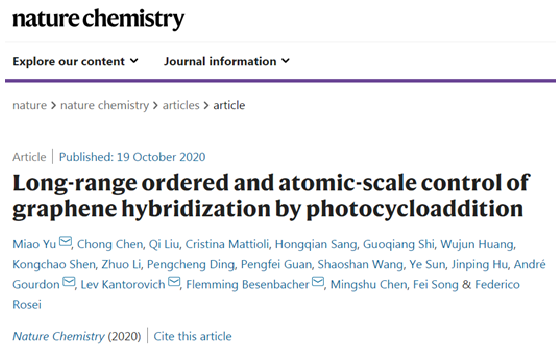
As the world's first real two-dimensional material, graphene is not only the thinnest and hardest two-dimensional material, but also has excellent electrical and thermal conductivity, optical properties and stability. It is widely used in the field of aerospace, solar energy utilization, transparent touchscreens, electronic devices, sensor detection, biomedical, wearable devices, high-performance composites etc. In particular, graphene has an ultra-high electron mobility at room temperature, which is expected to replace traditional silicon-based materials in microelectronics and supercomputing applications. However, the zero bandgap of graphene limits its practical application possibilities. Although several methods have been used to functionalize graphene and thus open the bandgap in the last decade or so, such as doping with foreign atoms, modification of nanoparticles, fabrication of nanostructured graphene, surface adsorption, etc., long-range ordered atomic-level precision modulation of graphene local hybridization remains a worldwide challenge.
This work uses BCM molecules with maleimide and bicarboxylic acid groups to form a full-coverage two-dimensional ductile ordered network with intermolecular double hydrogen bonds on the monolayer graphene surface, and triggers the photocyclic addition reaction between the molecular network and the graphene substrate by UV irradiation under ultrahigh vacuum conditions (Figure 1). Scanning tunneling microscopy, infrared absorption spectroscopy, angle-resolved photoelectron spectroscopy, Raman spectroscopy, and density functional calculations show that the reaction involves [2+2] and [2+4] cycloadditions, that the reaction sites are highly spatially selective, arranged in a two-dimensional long-range order with specific symmetry and periodicity (2.65 nm) (Figure 2), and that the reaction occurs and array formation is independent of the graphene moire fringes. This photoreaction can precisely modulate the local hybridization mode of graphene, change its electronic structure, and effectively introduce the band gap (170 meV, Figure 3). Different from reaction-triggered methods such as prolonged immersion, heating, electrical pulses, and probe pressure, photoreaction not only provides a practical solution for highly heat-absorbing reactions, but also its simplicity, remote controllability, and compatibility with other light-related technologies (e.g. photolithography) for practical applications in electronics and optoelectronic devices.
As the first example of graphene reacting with a molecular network, this work unlocks an efficient way to precisely and long-range orderly modulate the electronic structure of graphene, which is important for the further development of light-induced surface synthesis reactions. At the same time, this precise regulation of local hybridization and the long-range ordering of functionalized graphene pave the way for the development of graphene-based tip nanoelectronic and optoelectronic devices.
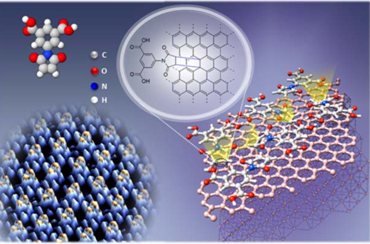
Fig. 1 Schematic diagram of the photocycloaddition reaction between single-layer graphene and BCM molecules
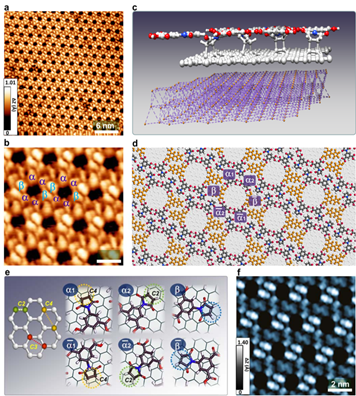
Fig. 2 Scanning tunneling microscope diagram and theoretical model of cycloaddition reaction between molecular network and graphene
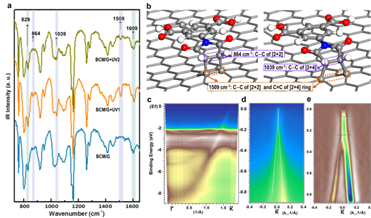
Fig. 3 The effect of photocycloaddition reaction on the absorption vibration and energy band structure of graphene
The research was funded by The National Natural Science Foundation of China (21473045) and the independent project of the State Key Laboratory of Water Resources (2018DX04). Professor Yu’s team has been engaged in the design and performance research of functional carbon-based materials for a long time, and has made breakthroughs in the precise functionalization of photoinduced graphene, surface synthesis of graphene-like two-dimensional monolayer polymers, and the application of carbon-based materials in desalination of seawater and energy batteries. The results are published in journals such as Nature Communications、J. Am. Chem. Soc.、Angew. Chem. Int. Ed.、ACS Nano、Nano Letters、Nano Energy etc.
Link to the paper: https://www.nature.com/articles/s41557-020-0540-2

